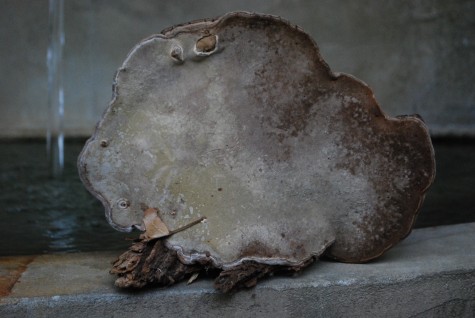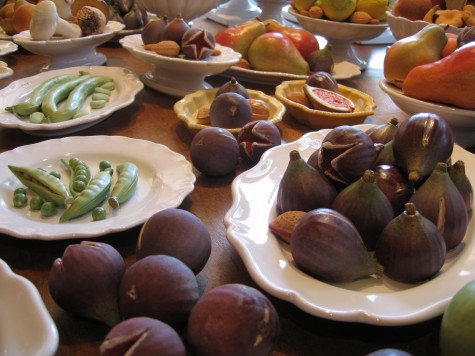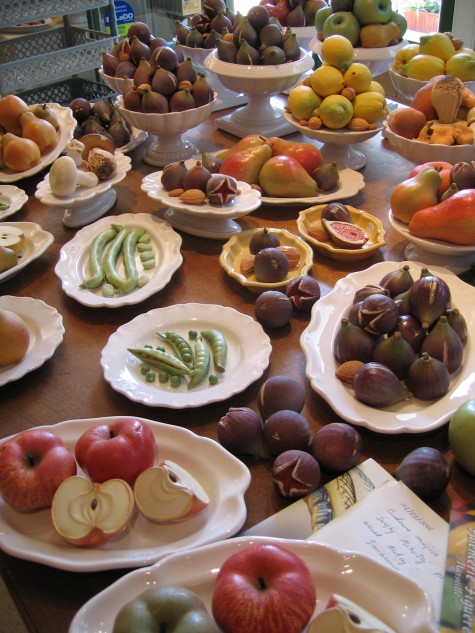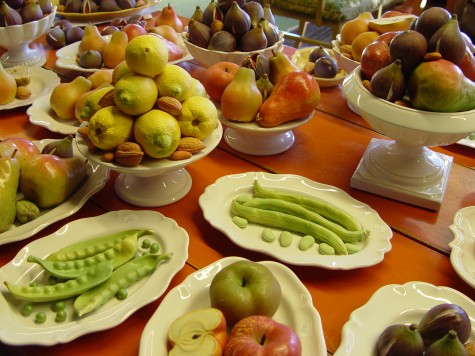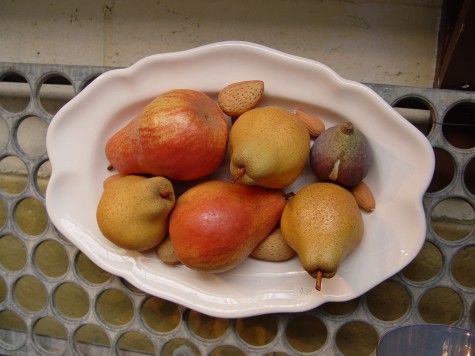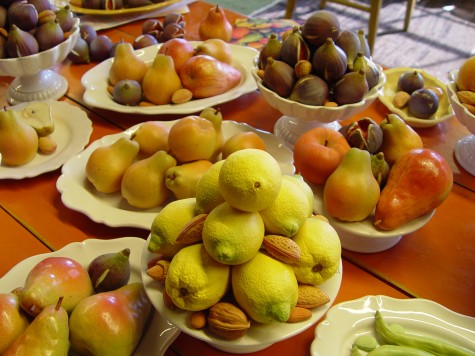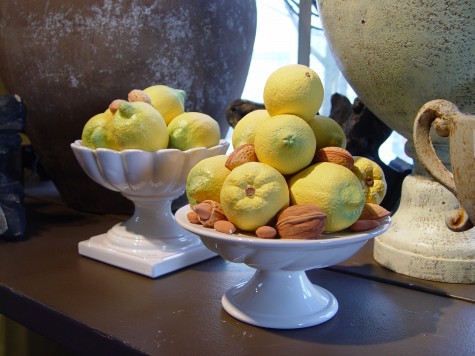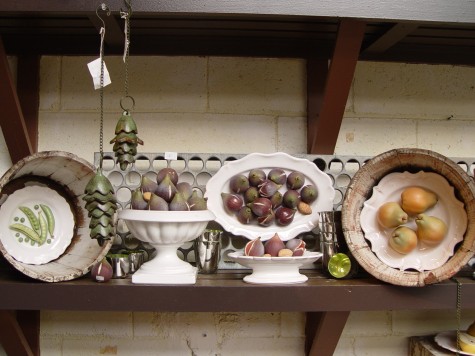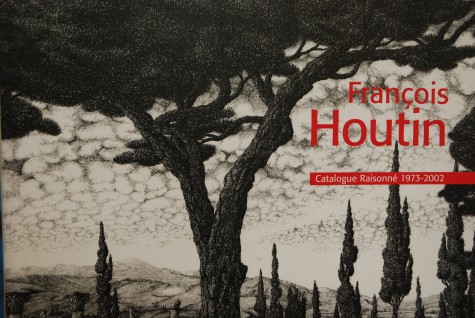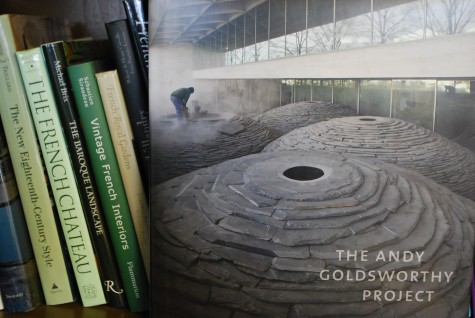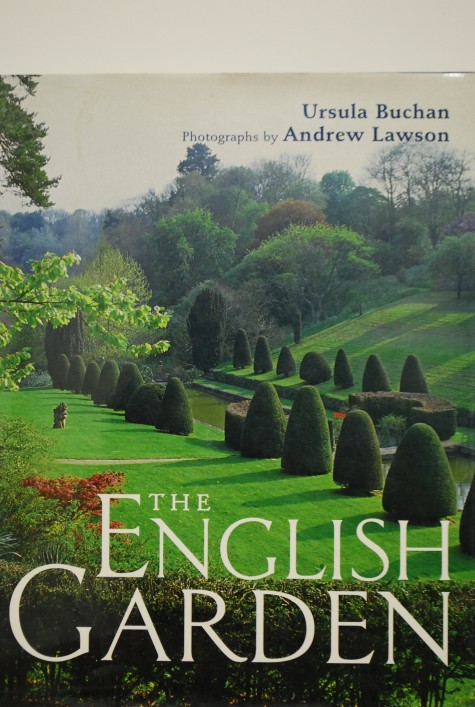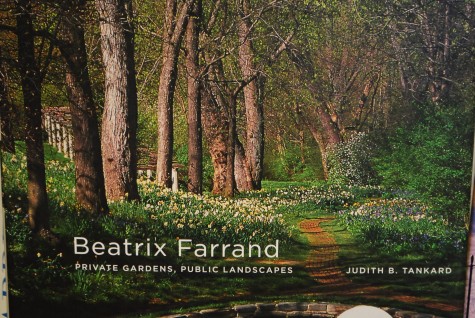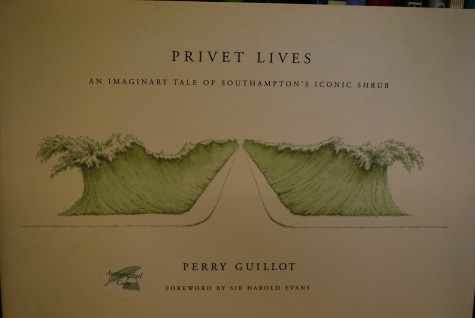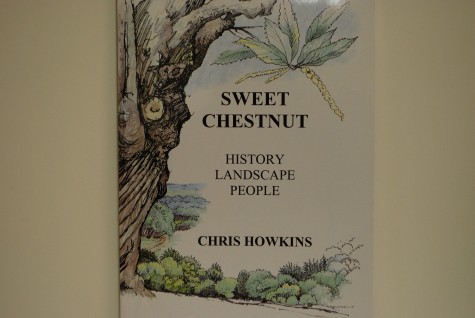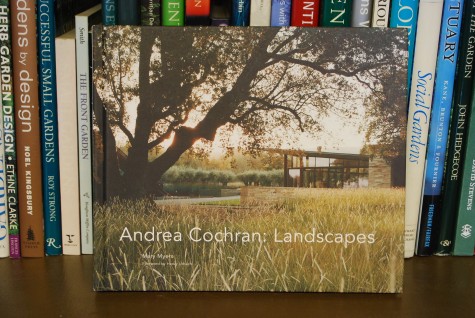Correct me if I am wrong Delphine, but I believe the French phrase “objet trouve” translates literally as found art. Any ordinary object, prized in some way for its aesthetic qualities, qualifies. as art, that is. I have questions. Are there are rules about what constitutes art? I am instantly over my head here. Question 2-if there is art that is found, who does the finding? Is part of the art in the finding? These questions I can warm up to. I go to a museum, expecting to find art. A museum provides a home for art treasured by the greater community, yes? Generations of museum directors, curators, artists, art historians and museum boards presumably recognize art and fund acquisitions. In this instance, I am a viewer, not a finder. I will admit I see some works in museums or galleries that I would not identify as art, except for their address. This might be ignorance, or it might be that the eye of the beholder counts for something. This particular bracket fungus has been with me at least 30 years. It means something to my eye. The shape, the mass, the line, the color-everything about it engages me. It is beautiful. It is also the fruiting body of a deadly fungus. I am a gardener-I think about life, death, and second chances every day. This bracket fungus is by no means a Degas sculpture; it is an objet trouve. I am the finder.

I do collect bugs. Big bugs from Indonesia, Malaysia, wherever-suffice it to say any jewel of a bug will catch my eye. My bugs-I buy them mounted and framed. Someone else was a finder. This bug-its size is astonishing. Not the kind of thing I would want to run across in my garden or closet, but behind glass, I can appreciate it. The substantial body sustains four wings, and a pair of really long legs. The artist of record here-nature. There are those of us who would frame mounts of what objet trouve nature has to offer; I am one of those.
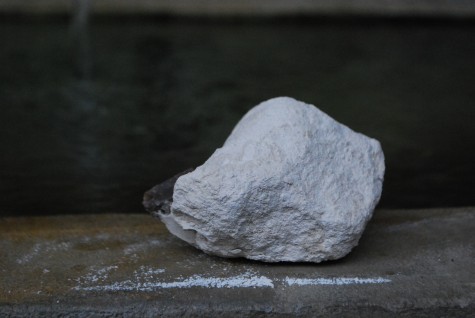 This rock, take my word for it-an objet trouve. This is not just any ordinary white rock; the history is as follows. This is a chalk rock, from the white cliffs of Dover. Dover, England. So many years ago, on an early shopping trip for Detroit Garden Works, Rob found himself on those cliffs. He pocketed this rock for me, and brought it home. An English chalk rock with a flint toe that he collected on my behalf-an objet trouve. It is an object from a place I have never been. It smells like the ocean. It was meant for me; I had a part in this trip, but not a presence. I will admit I chalked the concrete surface it sits on before I photographed it.
This rock, take my word for it-an objet trouve. This is not just any ordinary white rock; the history is as follows. This is a chalk rock, from the white cliffs of Dover. Dover, England. So many years ago, on an early shopping trip for Detroit Garden Works, Rob found himself on those cliffs. He pocketed this rock for me, and brought it home. An English chalk rock with a flint toe that he collected on my behalf-an objet trouve. It is an object from a place I have never been. It smells like the ocean. It was meant for me; I had a part in this trip, but not a presence. I will admit I chalked the concrete surface it sits on before I photographed it.
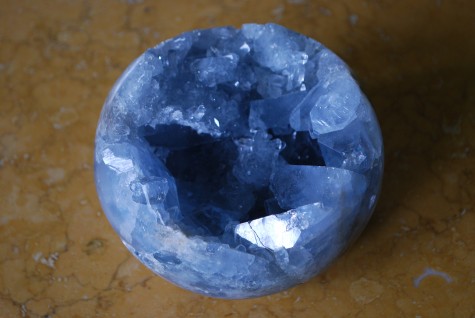
The minerals of the world are can be very flashy and exotic looking, once they are cut and or polished. Someone had the idea to treat this rock as something very special. It has been cut in a spherical shape, and the interior surfaces are exposed and polished. It is gallery ready-the gallery at my house, that is.
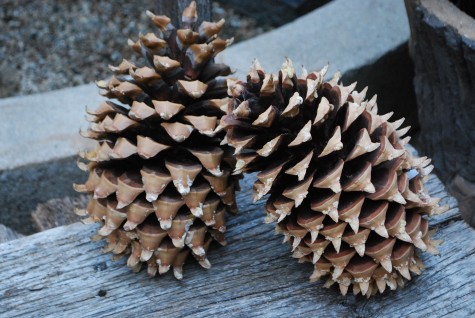 The coulter pine produces some of the largest pinecones in the world. This pair of cones are 12 inches tall, and weigh 3 pounds each. The woody scales are enormous, and impenetrable to a a knife or a screwdriver. The seeds of this pine are indeed well protected. The ends of the scales are sharp, and coated in congealed pine pitch. They are hefty and very handsome objects.�
The coulter pine produces some of the largest pinecones in the world. This pair of cones are 12 inches tall, and weigh 3 pounds each. The woody scales are enormous, and impenetrable to a a knife or a screwdriver. The seeds of this pine are indeed well protected. The ends of the scales are sharp, and coated in congealed pine pitch. They are hefty and very handsome objects.�
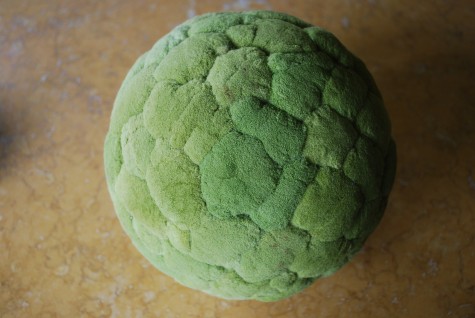 Cattails can be found in any and every marshy place near me. I have collected them plenty of times for a fall arrangement. Someone had the idea to cut them in sections, affix them to a sphere shape, and dye them; they did the finding. Once they determined that a cattail was an object of aesthetic interest, they transformed it in such a way that this particular idea of beautiful is clear to me.
Cattails can be found in any and every marshy place near me. I have collected them plenty of times for a fall arrangement. Someone had the idea to cut them in sections, affix them to a sphere shape, and dye them; they did the finding. Once they determined that a cattail was an object of aesthetic interest, they transformed it in such a way that this particular idea of beautiful is clear to me.
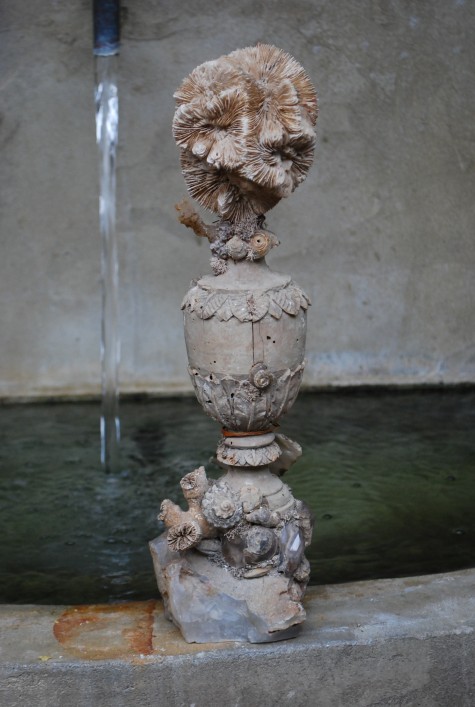 This very old Italian wood fragment was the beginning of a sculpture which includes a stone base, shells,and a finial of fossil coral. When I first saw it, I thought the wood fragment had gone down with a ship, and been preserved in some primordial mud. Not so. The objet trouve is the introductory and organizing shape for the sculpture that came later.
This very old Italian wood fragment was the beginning of a sculpture which includes a stone base, shells,and a finial of fossil coral. When I first saw it, I thought the wood fragment had gone down with a ship, and been preserved in some primordial mud. Not so. The objet trouve is the introductory and organizing shape for the sculpture that came later.
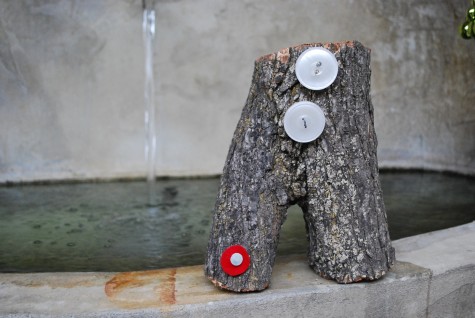 Jenny made me this sculpture for Christmas. Clearly, it is a pair of pants. This forked limb had some quality that attracted and interested her. The resulting sculpture makes that clear. I like it for what it was; I like much better what it has become, given her sculpting.
Jenny made me this sculpture for Christmas. Clearly, it is a pair of pants. This forked limb had some quality that attracted and interested her. The resulting sculpture makes that clear. I like it for what it was; I like much better what it has become, given her sculpting.
 These white porcelain objects are lights from an English dairy farm. I have no idea why they have this shape. I am sure it was not a matter of what the cows or the farmer would find pleasing. It is the special visual gift of utilitarian objects that they are designed simply to function properly and efficiently. Buck arranged 9 of these lights in a grid. A light fixture from found objects.
These white porcelain objects are lights from an English dairy farm. I have no idea why they have this shape. I am sure it was not a matter of what the cows or the farmer would find pleasing. It is the special visual gift of utilitarian objects that they are designed simply to function properly and efficiently. Buck arranged 9 of these lights in a grid. A light fixture from found objects.
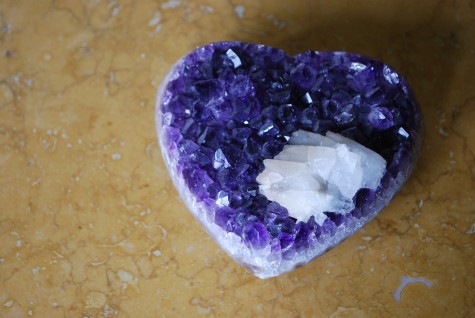
Found objects have their place in a landscape, or a garden. A landscape and a garden can provide no end of objet trouve. I so like a street that goes both ways.
